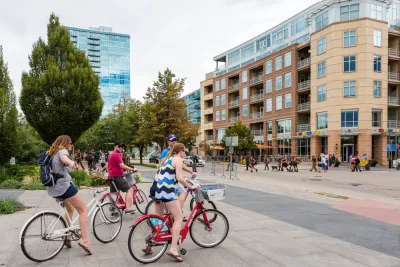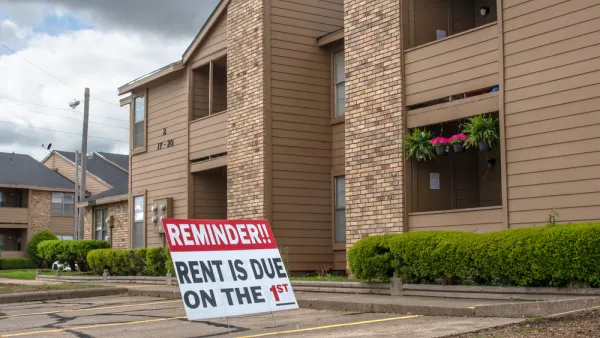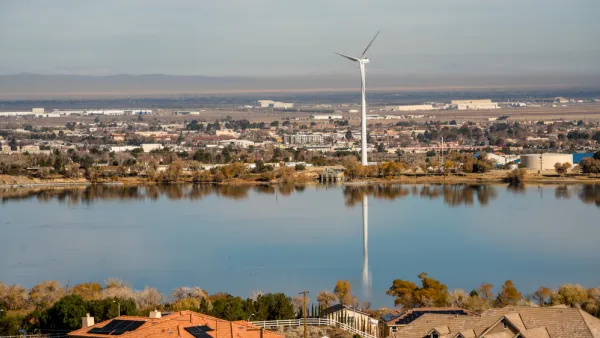A Denver writer calls attention to the city's worsening housing affordability, gentrification, and displacement challenges, and prescribes a YIMBY response.

Andy Bosselman, former editor of Streetsblog Denver, writes a guest opinion piece for The Denver Post to call attention to the gentrification of Denver, as prices rise and, according to the article, the city does little to stem the city's affordability crisis.
If you’re not rich and you would like to continue living in your neighborhood, you have reason to worry about a recent report that ranked Denver as the second most intensely gentrifying city in the U.S.
Between 2010 and 2017, more than 100,000 people moved to Denver. But the city issued just 35,000 permits for new housing units in the same timeframe.
In the process of this rapid growth, according to Bosselman, its neighborhoods populated mostly by Latinos that have seen the most newcomers. "Between 2012 and 2017, in nine mostly Latino neighborhoods of West Denver, the number of people with a college degree increased 66%, according to a report from the West Denver Renaissance Collective," according to Bosselman, who cites the West Denver Renaissance Collective for the data. "Those making more than $100,000 increased 97%. And out of 24,000 households, 3,900 were displaced between 2015 and 2018, including 5,800 children."
According to an interactive map from the National Community Reinvestment Coalition cited by Bosselman, Denver neighborhoods most likely to follow the same path of gentrification and displacement are parts of Five Points, Capitol Hill, North Denver, and West Denver.
To Bosselman, the clear solution to the city's affordability challenges is to build more housing, but the city lacks any sort of target for planners and developers to work toward, and the problem is only to get worse as the financial effects of the pandemic take deeper root around the city.
FULL STORY: Denver doesn’t want to know how much housing it needs — and it needs a lot

National Parks Layoffs Will Cause Communities to Lose Billions
Thousands of essential park workers were laid off this week, just before the busy spring break season.

Retro-silient?: America’s First “Eco-burb,” The Woodlands Turns 50
A master-planned community north of Houston offers lessons on green infrastructure and resilient design, but falls short of its founder’s lofty affordability and walkability goals.

Delivering for America Plan Will Downgrade Mail Service in at Least 49.5 Percent of Zip Codes
Republican and Democrat lawmakers criticize the plan for its disproportionate negative impact on rural communities.

Test News Post 1
This is a summary

Test News Headline 46
Test for the image on the front page.

Balancing Bombs and Butterflies: How the National Guard Protects a Rare Species
The National Guard at Fort Indiantown Gap uses GIS technology and land management strategies to balance military training with conservation efforts, ensuring the survival of the rare eastern regal fritillary butterfly.
Urban Design for Planners 1: Software Tools
This six-course series explores essential urban design concepts using open source software and equips planners with the tools they need to participate fully in the urban design process.
Planning for Universal Design
Learn the tools for implementing Universal Design in planning regulations.
EMC Planning Group, Inc.
Planetizen
Planetizen
Mpact (formerly Rail~Volution)
Great Falls Development Authority, Inc.
HUDs Office of Policy Development and Research
NYU Wagner Graduate School of Public Service





























